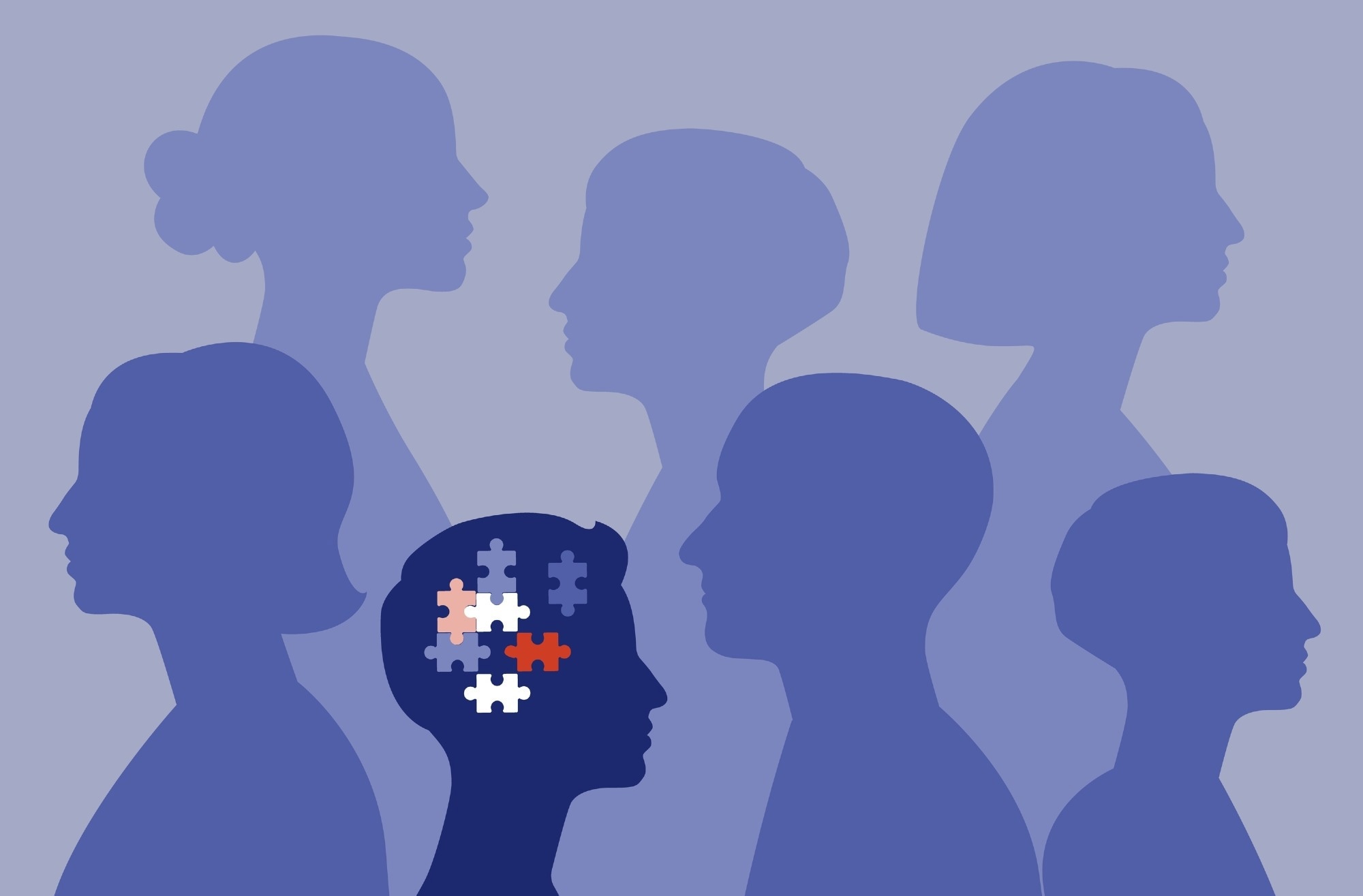New research uncovers why highly sensitive people crave deeper connections yet maintain broad social ties—exploring the emotional side of sensitivity like never before.
 Study: Highly sensitive persons feel more emotionally lonely than the general population. Image Credit: MarLein / Shutterstock
Study: Highly sensitive persons feel more emotionally lonely than the general population. Image Credit: MarLein / Shutterstock
In a recent paper in the journal Scientific Reports, researchers explored the link between sensory processing sensitivity (SPS) and different forms of loneliness and isolation.
Their findings indicate a significant correlation between SPS and emotional loneliness and that Highly Sensitive Persons (HSPs) may seek greater understanding and intimacy in their close relationships.
Background
Over the last two decades, scientific interest in SPS has grown significantly. SPS is a personality trait with a neurobiological basis that involves heightened sensitivity to sensory, emotional, and social stimuli.
People with high SPS, also known as HSPs, process information more deeply, experience stronger emotional reactions, and may feel easily overwhelmed. About 31% of the population is highly sensitive, while others have medium or low sensitivity.
SPS is distinct yet overlaps with personality traits like neuroticism, openness to experience, and introversion. HSPs are more empathetic, creative, and responsive to positive environments, benefiting from psychotherapy and interventions.
However, they are also vulnerable to stress, depression, anxiety, and adverse childhood experiences, making them more likely to seek therapy.
Socially, HSPs may face low self-esteem, stigma, and social phobia, leading to alienation and loneliness. Research shows that HSPs experienced heightened loneliness during the coronavirus disease 2019 (COVID-19) pandemic, but the link between SPS and loneliness remains underexplored.
Given their emotional sensitivity and social challenges, HSPs may experience loneliness more intensely than others, highlighting the need for further study on this topic.
About the Study
Researchers investigated the links between SPS and feelings of social isolation and loneliness. Data collection was conducted online between September 2022 and May 2023, and participants were identified through university students for their coursework.
Strict criteria excluded participants with incomplete responses, swift completion times, repetitive answers, or duplicate submissions, leaving a final sample of 3,247 participants aged 18–80 (66.2% female, mean age 31.9). Participation was voluntary, with informed consent obtained, and the study received ethical approval.
SPS was assessed using a 16-item questionnaire that categorized participants into low, medium, or high sensitivity based on total scores. Loneliness was measured using the De Jong Gierveld Loneliness Scale, which evaluates emotional and social loneliness. Scores were dichotomized into “lonely” and “not lonely.”
Social isolation was measured via five questions about social interactions and network size. Responses were analyzed individually. Neuroticism and extraversion were assessed using subscales of the Big Five Inventory, with higher scores indicating greater levels.
Sociodemographic characteristics and variable group comparisons were analyzed using t-tests, analysis of variance (ANOVA), and chi-square tests. The relationships between SPS and loneliness were examined through multivariate and logistic regression models, adjusting for factors like extraversion, neuroticism, education, gender, and age. Assumptions for these tests were verified.
Findings
Significant differences in SPS were observed across education levels, employment status, and gender. Women, people without paid jobs (including unemployed individuals, students, or caregivers), and people having primary or bachelor’s-level education showed higher SPS scores.
Among employment categories, people without paid jobs scored highest, followed by employed individuals, while pensioners scored lowest. In education, those with secondary vocational training had the lowest SPS scores. Overall, 19% of participants were categorized as highly sensitive, 78.9% moderately sensitive, and 2.1% low sensitive.
High SPS individuals reported greater emotional and, in unadjusted analyses, overall loneliness compared to medium and low SPS groups, but no significant differences were observed for social loneliness. After adjusting for variables like neuroticism and extraversion, only the sensory sensitivity subscale (not total SPS scores) showed a weak association with overall loneliness.
Medium-sensitivity participants had the highest social network representation for "people willing to help" and "friends," while low-sensitivity participants had the lowest. No significant differences were observed in family or friend interactions or close friendships.
Regression analysis showed that higher SPS (total score and sensory subscale) was predictive of increased emotional loneliness, but only the sensory subscale predicted weakly increased overall loneliness, after adjusting for extraversion, neuroticism, education, gender, and age.
Medium and high SPS groups were significantly less likely to have smaller groups of friends or few people in their support systems, particularly in practical help networks and general friendships, highlighting stronger social networks compared to low SPS individuals.
Conclusions
Investigating the links among SPS, social isolation, and loneliness, researchers found that higher SPS was linked to emotional, but not social, loneliness, even after accounting for factors like extraversion, neuroticism, education, gender, and age.
High SPS individuals often feel emotionally lonely due to their need for deeper, more meaningful relationships, which they may struggle to find. However, their broader social interactions resemble those of the general population, with no significant impact on social loneliness or isolation.
Gender and education differences were evident, with women scoring higher on SPS and individuals with secondary vocational training scoring lower. Cultural norms and evolutionary traits may explain gender differences, while educational differences could relate to personality traits and career preferences.
The findings highlight that HSPs often face challenges in close relationships, making emotional support crucial for their well-being. Future research should explore the role of attachment, trauma, and other personality traits in these dynamics.
Journal reference:
- Highly sensitive persons feel more emotionally lonely than the general population. Meckovsky, F., Novak, L., Meier, Z., Tavel, P., Malinakova, K. Scientific Reports (2025). DOI: 10.1038/s41598-025-87138-w, https://www.nature.com/articles/s41598-025-87138-w